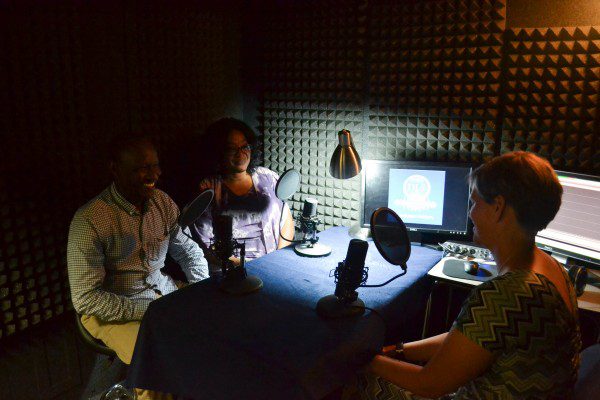Grammar drills are one of the oldest tools in the language-teaching toolbox. For most students, they’re probably as beloved as a dentist’s drill. Is this pain and stress really necessary? Can’t we learn a foreign language without being subjected to it?
It used to be thought, or at least assumed, that language is a set of habits. By doing the same thing over and over the “right” way, a habit would be formed and the student would learn to speak correctly. More or less the same way that you practice swinging a tennis racket or golf club the “right way,” over and over, and this eventually improves your game.
In fact, language is a lot more complicated than a set of habits, and modern linguistic theory is based on that realization. After all, in using a language we are constantly making new sentences, sentences we have never encountered before—perhaps nobody has said exactly that same thing before, ever. Language is generated by something that certainly follows rules, but it is not a mere matter of repeating and recombining. So “proper habits” can’t be the key to correct, native-like use of the language.
Even so, grammar drills have two uses. But they need to be applied at the right time and in the right way—sparingly!
This first use might be called “cognitive.” The purpose is to confirm and demonstrate the student’s grasp of a grammar point. In this kind of drill, the student should have enough time to work out the answer step by step. If it comes out wrong, the student and teacher go back through the steps and find the point where things went astray. And let’s not forget that a lot of grammar can be picked up less formally. The time for cognitive drills is when the student is presented with clear and explicit rules covering patterns that have already been encountered.
The second use might be called “retrieval.” At this point, the student knows the pattern, and the purpose is to practice quickly pulling out the right form. The drill should be concentrated and simple. A classic example is the past tense in English. Teacher: “I told you not to take it,” Student: “But I took it.” And so on: make it, made it; break it, broke it, shake it, bake it …
“I have done the drills but I still make mistakes when I am speaking. Do I need more drills?”
No. Once you know what the right form is and can retrieve it quickly when concentrated on just that one point, the rest is a matter of getting comfortable in the language. As the conversation becomes easier, there will be spare capacity to monitor, correct a slip, or block a mistake before it happens. Finally, the wrong form is something you “just wouldn’t say.” Not because you have formed a habit, but because you have internalized a structure. Back then you drilled it, but now you have nailed it.




